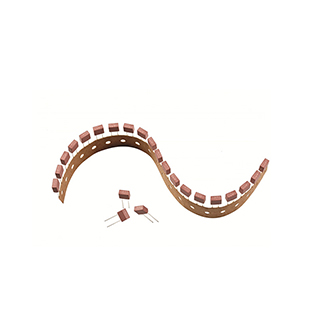
intelligent
For most asynchronous rectifier boost switching converters that use inductors, there is a DC path between the input and output. The existence of this path can have two adverse consequences: firstly, once the output short circuit or severe overload time exceeds a few hundred milliseconds, it will cause the diode (usually Schottky diode) to overheat and damage; Secondly, when for some reason, such as human shutdown, the switching oscillation circuit stops working, and there is still voltage at the load end, which is only one diode lower than the input voltage drop, the output will still consume energy. In addition, if the residual voltage is lower than the steady-state operating voltage range of the load, it will put the circuit in an uncertain state.
For applications where the output current is relatively small (less than 5A), using a single-chip current mode controller and high-end current sampling technology can effectively solve both of the above problems. In these circuits, the diode is replaced by a synchronous rectifier switch transistor, so the input and output paths can be cut off by turning off the internal switch transistor. As a result, the load end is in a high resistance state to the input end, which is the desired result. In normal working conditions, the high-end sampling resistor inside the circuit periodically samples the load current, thus avoiding catastrophic consequences caused by overcurrent. Therefore, the internal overheat protection circuit provides a Safe operating area (SAO) for the converter.
MAX668 is a switch controller that performs the boost function. The current feedback boost controller (MAX668) drives the low end logic level N-channel enhanced MOSFET, which is grounded through the low end current sampling resistor. The high-end switch is a Schottky diode, chosen primarily for its low forward conduction voltage drop. It can be seen from Figure 7 that the basic topology of the Boost converter is not damaged. In this application, MAX668 converts 3.3V voltage to 5V, and the load current can reach 3A.
Read recommendations:
The Channel Dispute of LED and the Impact of Fuses.air conditioner fuse block pull-out replacement
Lighting circuit of temperature controlled fuse.car ac fuse blown symptoms